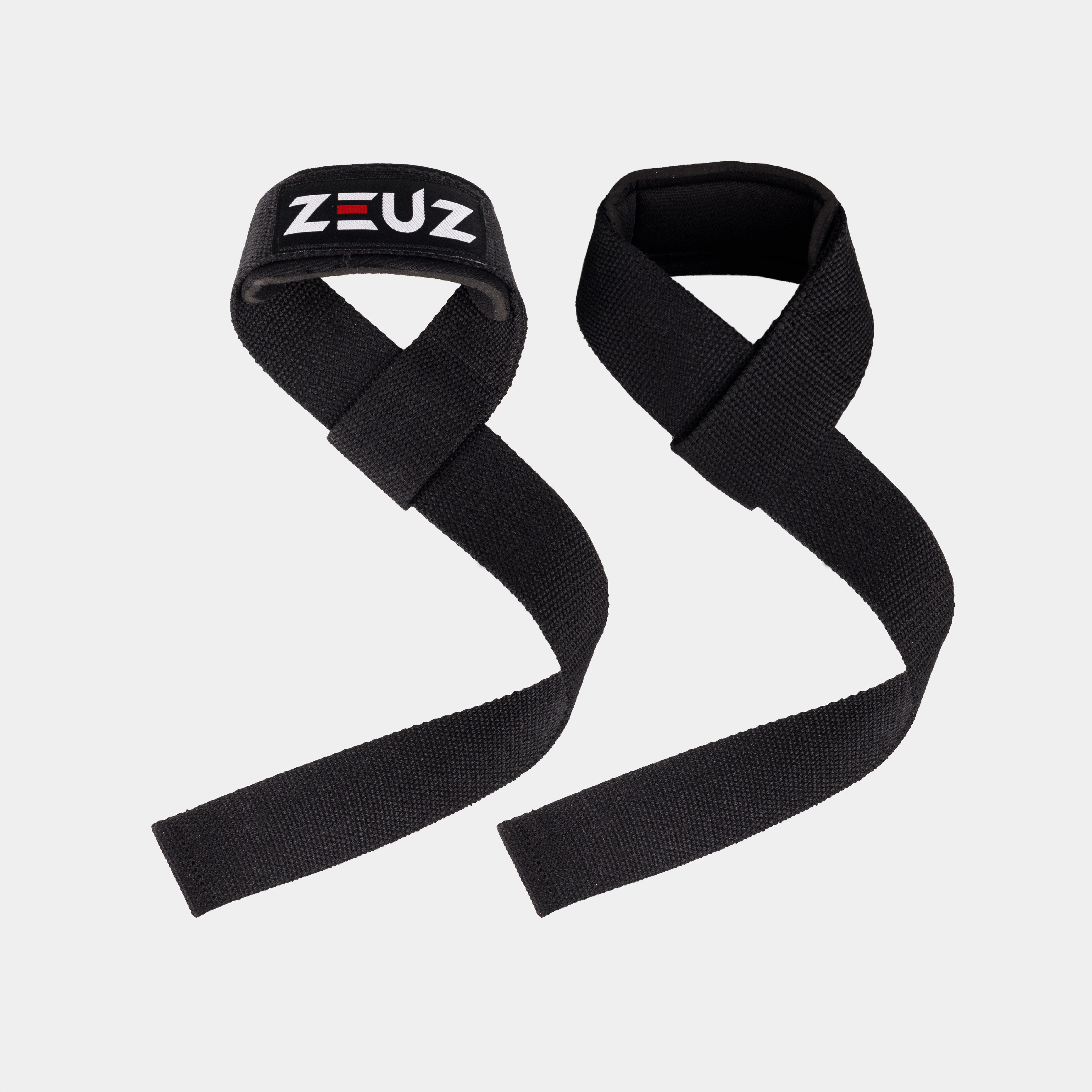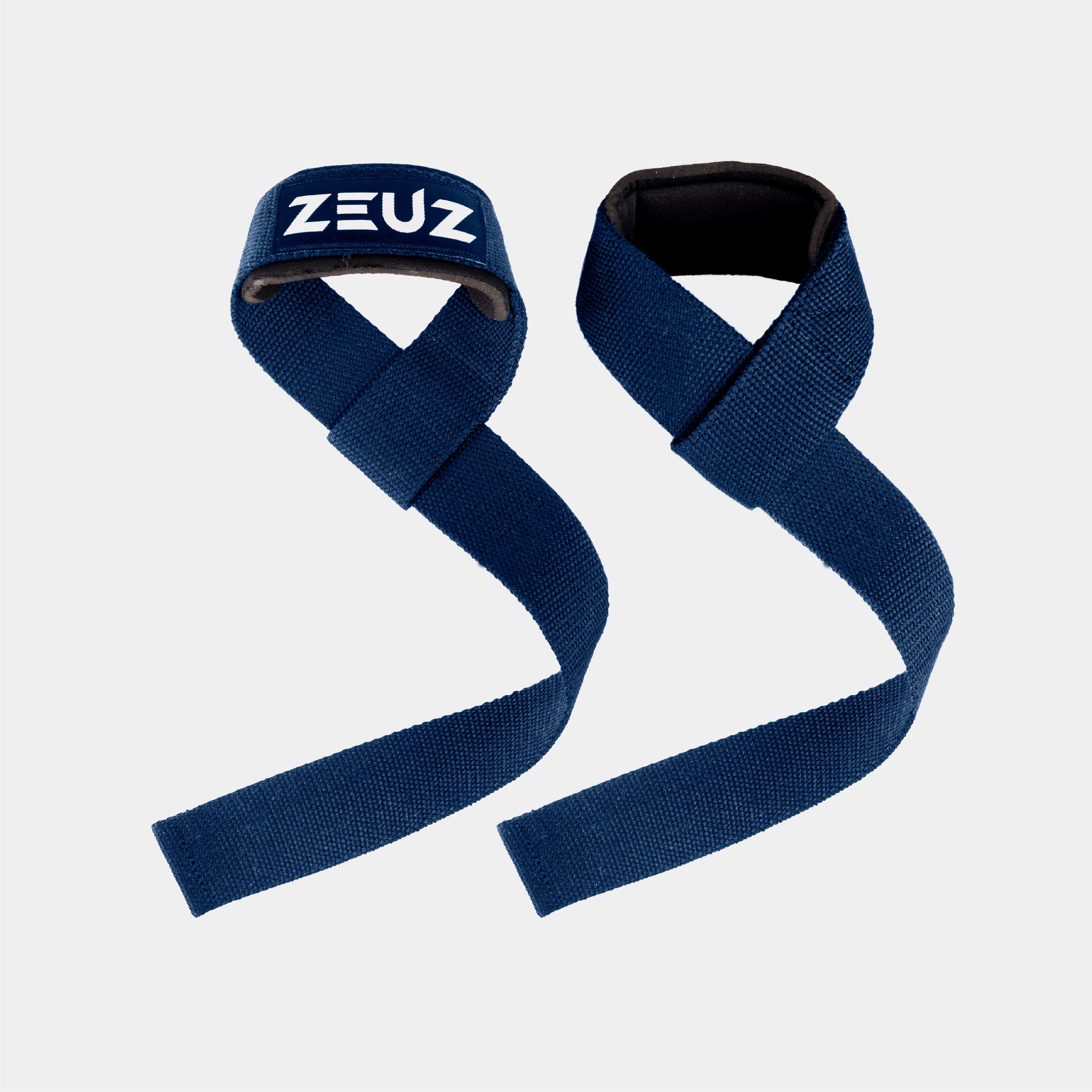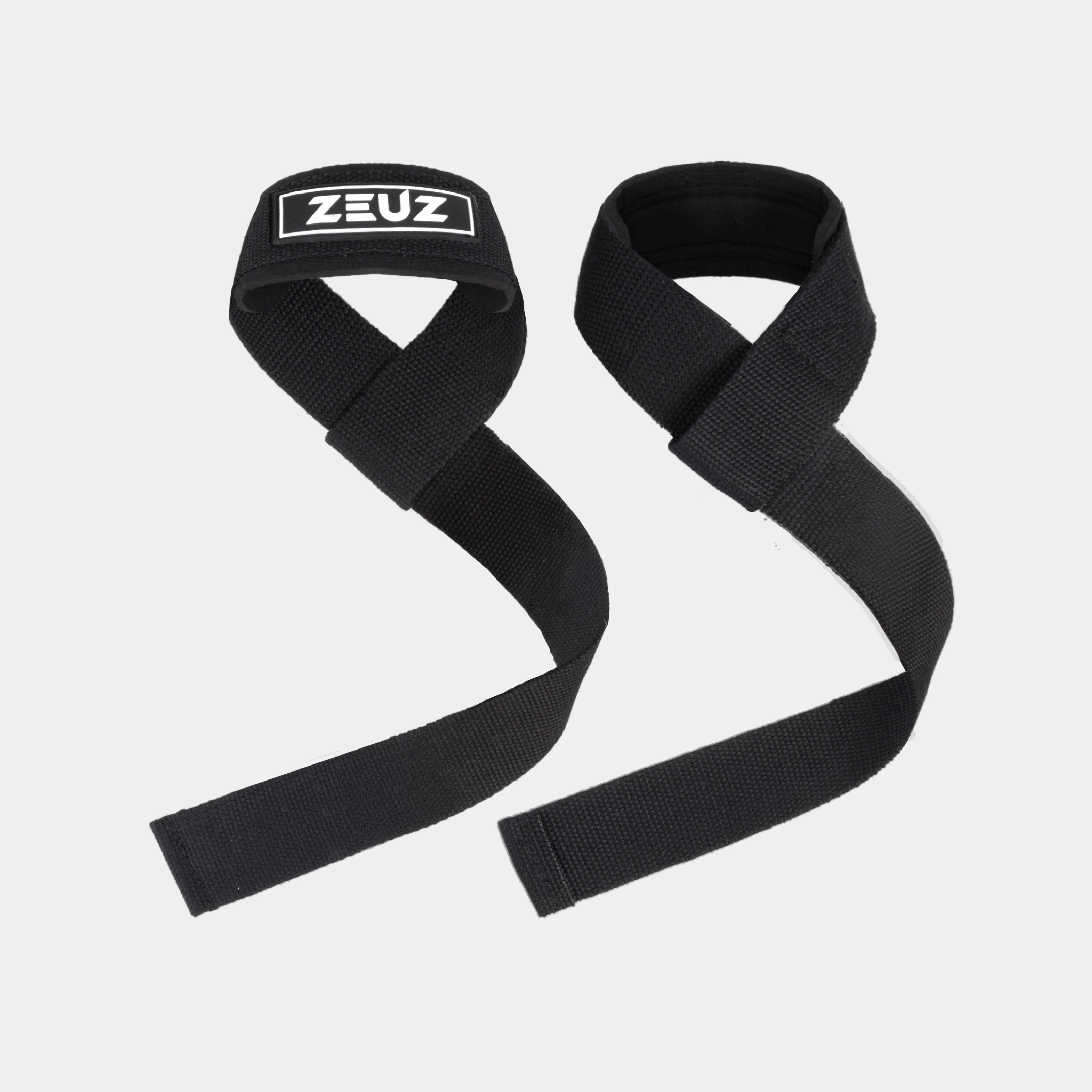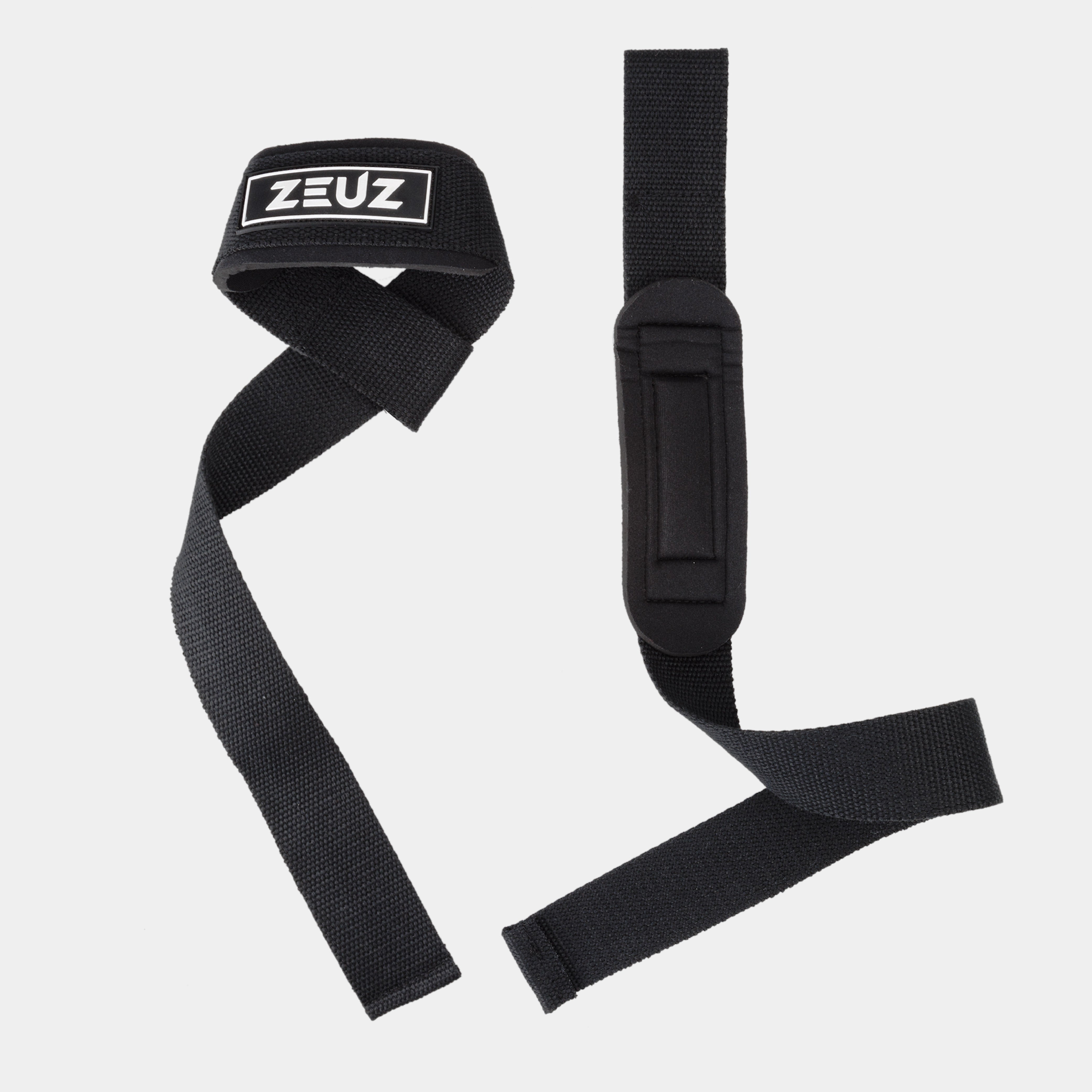Why straps are indispensable in strength training
Some people see straps as 'cheating', but let's clear up that misunderstanding. Weightlifting straps help your grip, but they don't lift the weight for you. You still do all the work. Just without your hands getting tired before your muscles do. Furthermore, it applies:
- More grip = more power
- Less strain on your forearms
- Better control over the rod
- Safer lifting
Do you want even more support? Combine your straps with wristbands for extra stability during heavy lifts.
For which exercises are weightlifting straps ideal?
"Straps for fitness are not used for every exercise, but for certain lifts, they make a world of difference. A few examples are:"
✔ Deadlifts: The ultimate moment where straps elevate your strength to a higher level. Your grip is no longer the limiting factor, allowing you to train heavier and with more volume.
✔ Barbell rows: Straps help you isolate your back muscles better without your forearms getting tired sooner.
✔ Pull-ups & chin-ups: Do you struggle to maintain your grip? Straps can help with weighted pull-ups or long sets.
✔ Shrugs: For massive stairs, you want to go heavy. Without your grip giving up halfway.
✔ Romanian deadlifts: Focus on your hamstrings and glutes without your hands getting tired first.
Is the skin on your hands completely coming off after a few heavy lifts? Then also consider weightlifting tape to prevent blisters and tears.
Buying straps for fitness: what should you pay attention to?
"Not all lifting straps are the same. If you go for the first one you find, you might encounter unpleasant surprises. Therefore, always check these points:"
1. Material
Choose sturdy cotton, nylon, or leather. Cheap straps quickly fray or tear during heavy lifts.
2. Length & width
Longer straps give you more wrapping space around the bar, while wider straps provide a bit of extra comfort.
3. Type straps
- Lifting straps: The classic variant, perfect for deadlifts and barbell rows.
- Figure 8 straps: Extra strong and ideal for powerlifting and heavy pulls.
- Lasso straps: Easily adjustable and offers more control over how tight you pull them.
4. Comfort
A little padding can be nice to reduce pressure on your wrists, but the fabric must be rough enough for maximum grip.
Are you looking for even more grip and protection? Then try combining your straps with a set. gloves for even more comfort.
How do you use weightlifting straps correctly?
"You need to know how to use straps for fitness correctly. Here are a few tips:"
1. Wrap them well around the rod
Make sure they fit snugly, so that your grip is actually supported.
2. Use them only when necessary
Straps are great for heavy lifts, but you don't want to make your grip completely dependent on support.
3. Do not pull too tight
"You want grip enhancement, but still control over the movement."
4. Train occasionally without straps
"Also work on your forearm strength, so that your grip ultimately becomes stronger."




